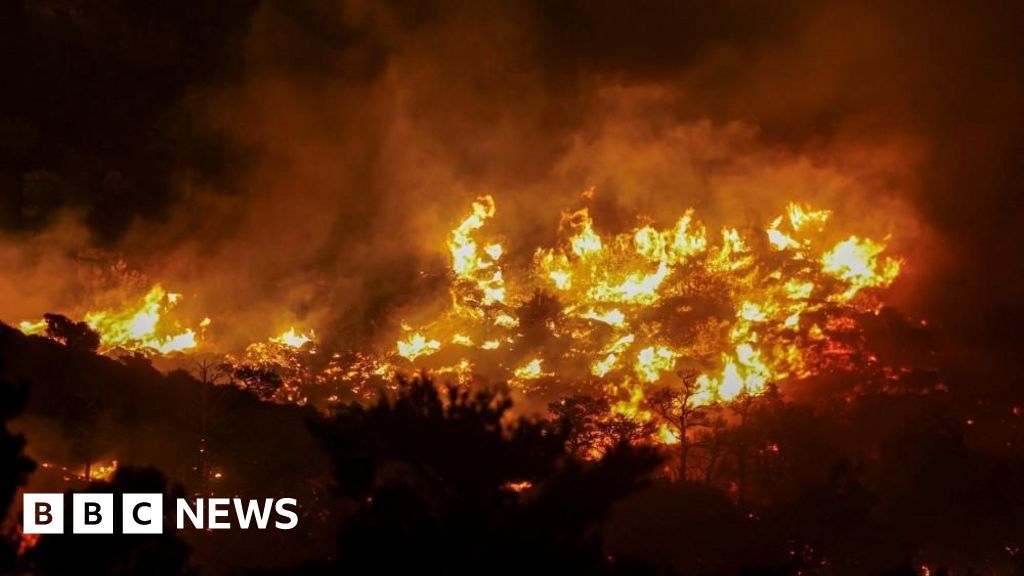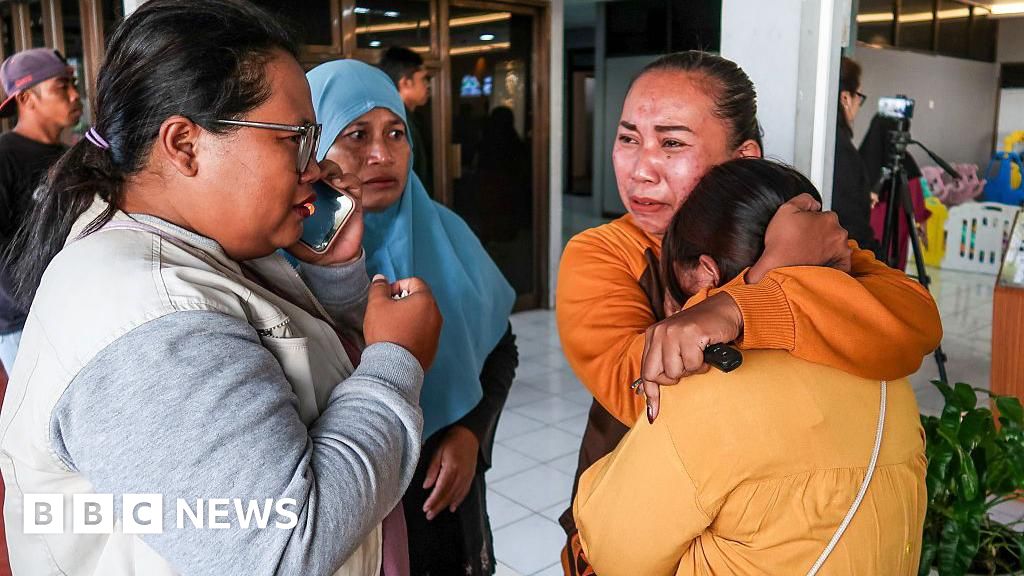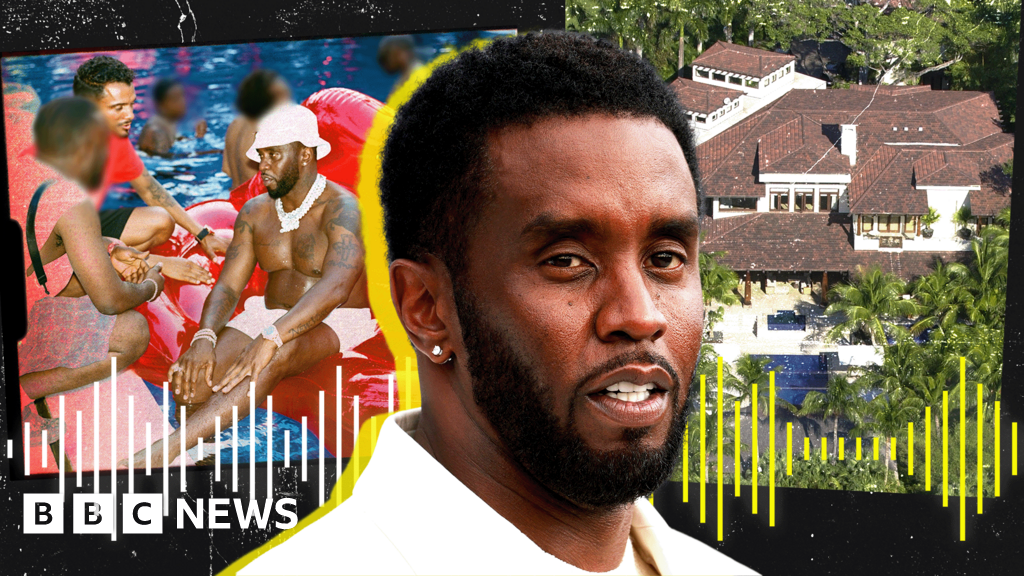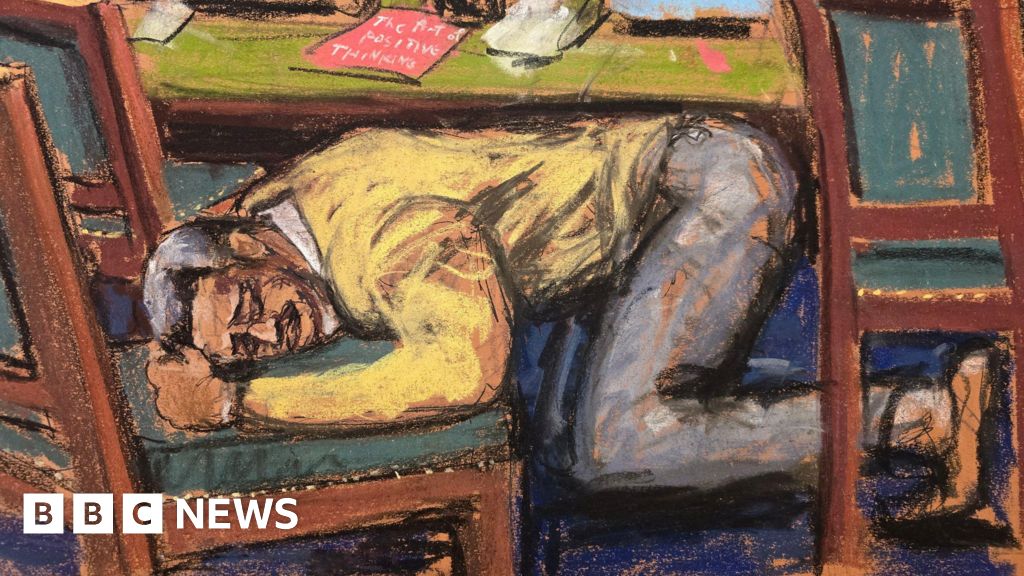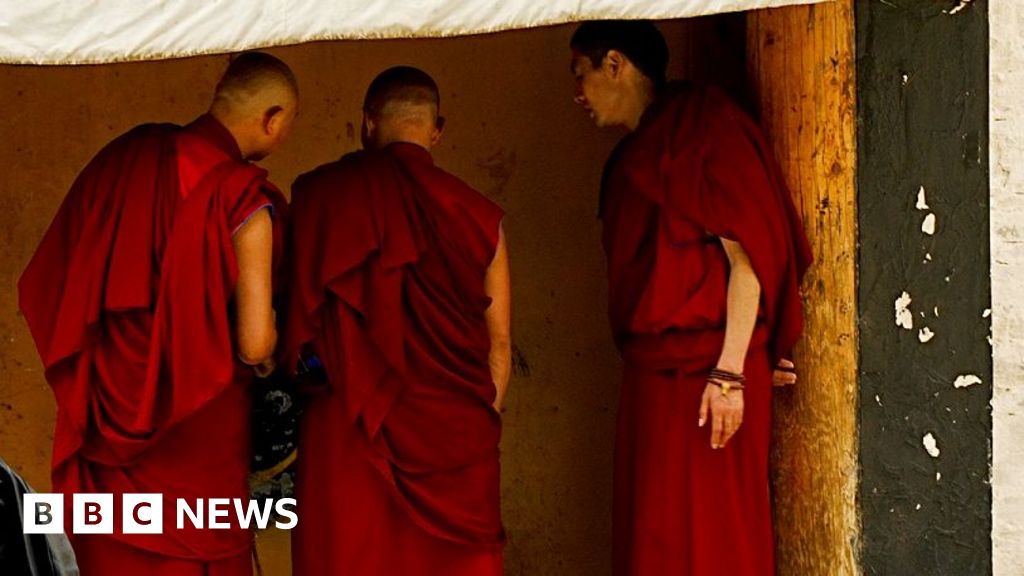At the 2025 French Open a few weeks ago, all of the top eight seeds in the women’s draw reached the round of 16. Five of the eight had reached at least two Grand Slam finals already, and the only one who hadn’t, Mirra Andreeva, just turned 18. Out-of-nowhere wild card Lois Boisson managed to defeat both Andreeva and No. 3 Jessica Pegula on the way to the semifinals, but the finale was a 1-versus-2 classic between Aryna Sabalenka and eventual champion Coco Gauff.
This was a resounding show of top-level star power on the women’s side. It was the first time since the 2005 Australian Open that the top eight seeds all made it to at least the fourth round of a Slam. Any comparison to the mid-2000s is probably complimentary — the top eight seeds in that 2005 Aussie field included Serena Williams, Venus Williams, Maria Sharapova, Lindsay Davenport and Amelie Mauresmo, and would eventually combine for 43 Slam titles, 73 finals appearances and 198 quarterfinals. The WTA’s star power was off the charts in that period, and the 2025 French Open field damn near matched it.
Three days into Wimbledon 2025, the tournament has played out in a completely different way. Four of the top nine seeds — No. 2 Gauff, No. 3 Pegula, No. 5 Zheng Qinwen (the 2024 Olympic gold medalist) and No. 9 Paula Badosa (a semifinalist in the 2025 Australian Open) — all fell in the opening round. Wimbledon has been a random-outcome generator on the women’s side for a while, and evidently, the record-breaking heat in London has made things even wilder than usual.
Depth and star power are eye-of-the-beholder things. If a top-ranked player is capable of losing to a large number of light heavyweights or also-rans, that could mean that depth is dynamite, and it could mean that the elites aren’t elite enough. You see whatever you want to see.
In the past few weeks alone, the women’s tour has given us both a grand show of star power in one Slam and an epic early display of parity in another. And despite the first-round upsets, the second-round slate in the ladies’ draw is still loaded with tantalizing matchups. It sure feels as if the women’s tour is in better shape than it’s been in a long time.

Star power and top-to-bottom depth
Greatness is indeed a subjective concept, but we can probably agree that Hall of Fame induction is a pretty good measure of it. And right now, at least three players near the top of the women’s rankings are very much on their way toward a future induction.
Sabalenka, the world No. 1, has reached 11 semifinals in her past 14 Slams, and she’s reached the finals of three in a row. She’s won three Slams and nine WTA 1000-level tournaments among her 20 career titles. That’s objectively awesome and almost assuredly a Hall of Fame résumé.
Fourth-ranked Iga Swiatek has five Slam titles and 10 1000-level titles at age 24. Until her loss to Sabalenka at this year’s French Open, she was matching Rafael Nadal’s pace for Roland Garros titles by a certain age. Her 125 career weeks at No. 1 are already the sixth-most ever, trailing only Steffi Graf, Martina Navratilova, Serena Williams, Chris Evert and Martina Hingis. And she’s only now entering what is generally perceived as one’s athletic prime.
Coco Gauff is only 21 but has already won two Slams (among 10 total tour titles) with five Slam semifinal berths. She’s 6-5 all time against Sabalenka, and after a slow start against Swiatek, she has won three matches in a row against her, all in straight sets. There is no clear-cut “do this, and you’re a Hall of Famer” criteria list, but it’s obvious that she’s well on her way. If she retired today, she might have a chance.
If we accept the premise that “future Hall of Famer” is a pretty good indicator of greatness, then think about all of the players who have gotten one over on one of these three undeniable greats. Just Tuesday, Gauff not only lost to Dayana Yastremska, but also lost in straight sets. Yastremska has ranked as high as 21st in the world, reached the Australian Open semifinals in 2024 and has now won five matches against players ranked seventh or higher. Thanks to a winter losing streak, she entered the tournament unseeded and ranked 42nd in the world. But against Gauff, one of the world’s better returners, she allowed only one break point.
Jelena Ostapenko, meanwhile, has a Slam title and is 6-0 all time against Swiatek, and she took Sabalenka down in Stuttgart in straight sets. She ranks just 21st in the world. Elena Rybakina, two-time Slam finalist (and one-time champ), is 4-5 against Swiatek and has won four of her past seven against Sabalenka. She ranks 11th. Pegula is a solid 11-15 all time against this trio of greats — and is more consistent, week to week, than Ostapenko or Rybakina — but has gotten past the quarterfinals in just one Slam. Paolini swept Gauff in straight sets twice this spring and reached the finals in two Slams last year, but hasn’t made it past the fourth round at a Slam since Wimbledon 2024.
So many women have shown such major upside at this point that simply showing some and not maintaining it isn’t enough. You have to deliver week after week.
Donna Vekic made the Wimbledon semis last year, then won silver at the 2024 Paris Olympics, but she’s just 25th in the WTA rankings. Four-time Slam champion Naomi Osaka is a solid 7-11 against the WTA top 20 since her return from maternity leave in early 2024, but currently ranks 53rd. Bianca Andreescu, 2019 US Open champ, beat both Rybakina and Vekic this spring while coming back from various injuries, but is just 8-8 on the year and, currently ranked 146th, fell out of Wimbledon qualification.
Here’s another way to think about depth: To achieve it, you need multiple generations to produce star-quality talent at the same time. The WTA definitely has that at the moment.
Using the results-based Elo ratings from Tennis Abstract, three different age groups — 23-and-unders (Gauff, Andreeva and Zheng), players 24 to 28 years old (Sabalenka, Swiatek and Rybakina) and those 29 and older (Pegula, Paolini and Keys) — each have three of the nine best players in the world. Each category also has at least eight of the top 30. Gauff, Andreeva, Amanda Anisimova (who just cracked the WTA top 10 for the first time), Emma Raducanu and others are representing Team Youngster well, but every tournament field is still loaded with veterans with past Slam breakthroughs — Ons Jabeur (currently 44th), Anastasia Pavlyuchenkova (50th), Danielle Collins (54th), Maria Sakkari (77th), Victoria Azarenka (87th) — and some, like Paolini, Keys or Vekic, who have found new gears within the past year.
Winning with anything but your top form is nearly impossible right now. The bar is high enough that for June’s grass-court tournament in Berlin, Jabeur, Sakkari, Sofia Kenin, Anna Kalinskaya and Ajla Tomljanovic — between them: one Slam title, five Slam finals, seven semifinals and 15 quarterfinals — were all in the qualification draw. And of them, only Kenin made the main draw.

A loaded second round
It may be a lot harder for stars to remain stars at the moment, but their loss is our gain. Even without what looked to be a major headliner in Zheng vs. Osaka, the Wimbledon second round included some killer matchups such as Osaka vs. Katerina Siniakova, Ashlyn Krueger vs. Anastasia Pavlyuchenkova and, in particular, Emma Raducanu vs. Marketa Vondrousova on Wednesday, plus a couple of fascinating matchups on Thursday:
Clara Tauson vs. Anna Kalinskaya. Kalinskaya battles inconsistency at times, but she’s beaten both Pegula and Keys this year. She gets a shot at another rising youngster in the 22nd-ranked and 22-year-old Tauson, who beat Sabalenka in Dubai in February.
Hailey Baptiste vs. Victoria Mboko. Mboko, 18, entered the top 100 after a huge run of success at the sport’s lower levels and upset No. 25 Magdalena Frech as a lucky loser in the first round. Baptiste, meanwhile, has one of the biggest games in the tour — she’s held serve 60% of the time this year and hit 38 winners in a first-round win over veteran Sorana Cirstea.
We could also get Swiatek facing Danielle Collins and defending champion Barbora Krejcikova facing Emma Navarro in the third round, plus Paolini vs. Anisimova and Swiatek or Collins vs. Rybakina in the fourth. Take out a bunch of stars, and you still have headline matchups for every round.

Finally, a headlining slot
The matchups are impressive enough that one of them, Raducanu vs. Vondrousova, was marked as the prime-time headliner on Centre Court on Wednesday. That’s the first women’s match in that slot at this tournament, and it will came after the dire narrative set at the French Open, where, despite all the star power and chalk on the women’s side, the night sessions on Court Philippe-Chatrier went to men’s matches for each of the first 11 nights of the tournament before the semifinals.
Players such as Jabeur noticed the ongoing disparities, and famed coach Patrick Mouratoglou stepped into hot water with statements — some found in a lengthy LinkedIn post — that defended tournament organizers.
“The night session is a single match,” he said at one point. “If it’s over in under an hour (with one player winning 6-1 6-1 for example), fans will leave disappointed. That’s not about gender. It’s about duration, and the format: men play best of five, women play best of three.”
It’s a technically true point, though the Slams themselves decide to make men’s matches best-of-five and women’s matches best-of-three. Women are capable of playing longer matches. Mandating that the men play longer matches, then giving them headline spots because they play longer matches isn’t incredible logic. (Plus, five of 11 men’s headliners in Paris were done in three sets, and four lasted 2:15 or less.)
Regardless of the controversy, the women’s tour is increasingly exciting to follow, and even with the stunning round of upsets in England this week, this is shaping up to be a fascinating fortnight.
Source link

